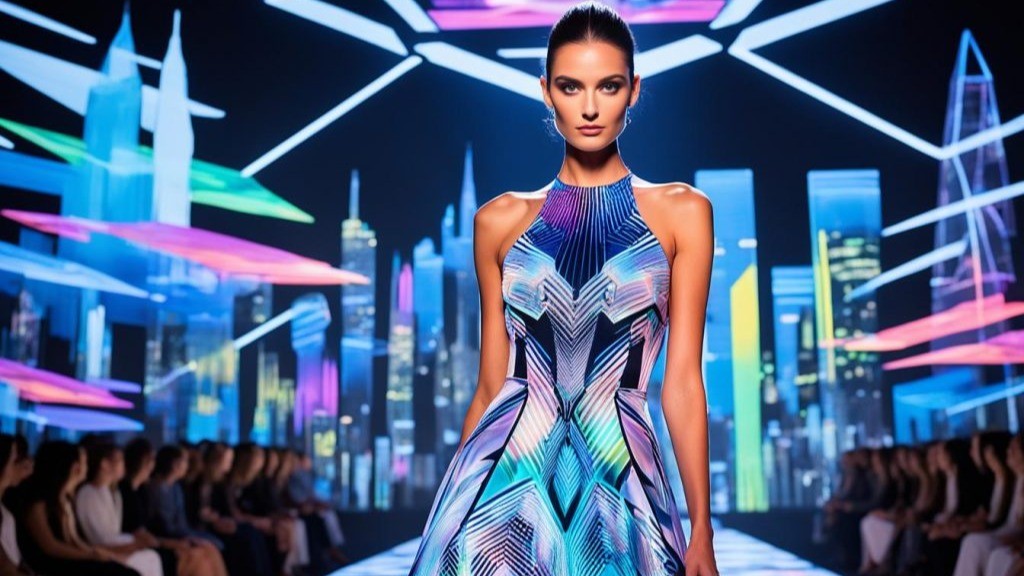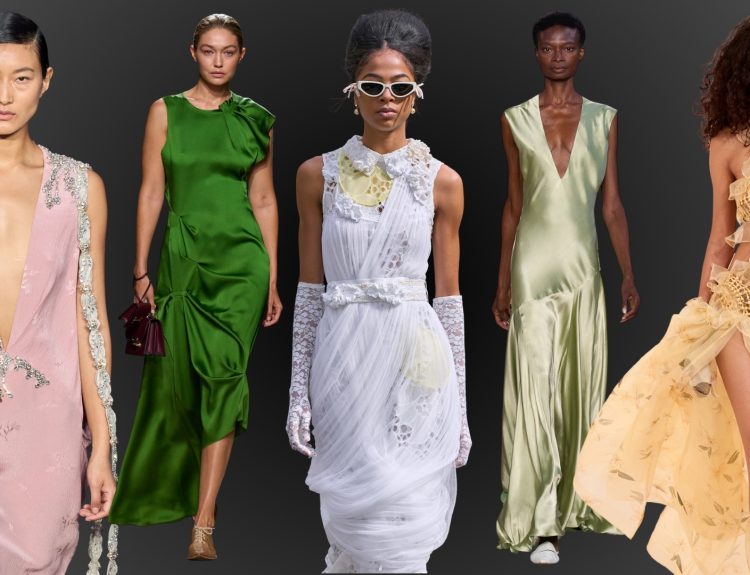Fashion in 2025 is no longer just about looking good—it’s about living with intention. The industry has undergone a transformation, embracing sustainability, digital innovation, and a deeper focus on personal identity.
Sustainable Fashion Is the New Standard
Fast fashion is out, conscious fashion is in. In 2025, shoppers demand transparency about where, how, and by whom their clothes are made. Brands that prioritize organic materials, ethical labor, and circular production are leading the charge. Upcycling, renting, and swapping outfits have become mainstream habits for eco-conscious consumers.
Digital Fashion and the Metaverse
Thanks to the metaverse and AR/VR technologies, digital fashion is booming. People now buy virtual clothing for their avatars, social media posts, or digital fashion shows. This new wave of design eliminates waste while unlocking endless creativity for both designers and consumers.
Hyper-Personal Style
With AI-driven styling apps and smart mirrors, people in 2025 create highly personalized wardrobes. Fashion is now less trend-driven and more expression-focused. Whether you’re into retro streetwear or futuristic minimalism, there’s space to dress exactly how you feel—every single day.
Gender Fluidity in Fashion
Rigid gender boundaries are fading fast. Many fashion lines are now genderless, celebrating diversity and freedom of expression. Silhouettes, colors, and fabrics are chosen based on vibe—not labels.
Local and Cultural Roots Shine
Fashion is embracing cultural pride and local craftsmanship. In 2025, there’s a strong return to indigenous textiles, traditional techniques, and regional styles. It’s no longer just about what’s new—it’s about what has meaning.
Conclusion
Fashion in 2025 is bold, intentional, and boundary-breaking. Whether it’s through a recycled fabric or a digital outfit, every piece tells a story. In the future of fashion, style is about who you are—not who you’re trying to impress.




